Ajman: Ajman, one of the smaller yet rapidly evolving emirates of the UAE, recently emerged as a new canvas for public art with the launch of the Ajman Murals Project. This ambitious initiative, supported by the Ajman Municipality and Planning Department together with local creative partners like Na7t Designs, marked the city’s first large-scale engagement with street art.
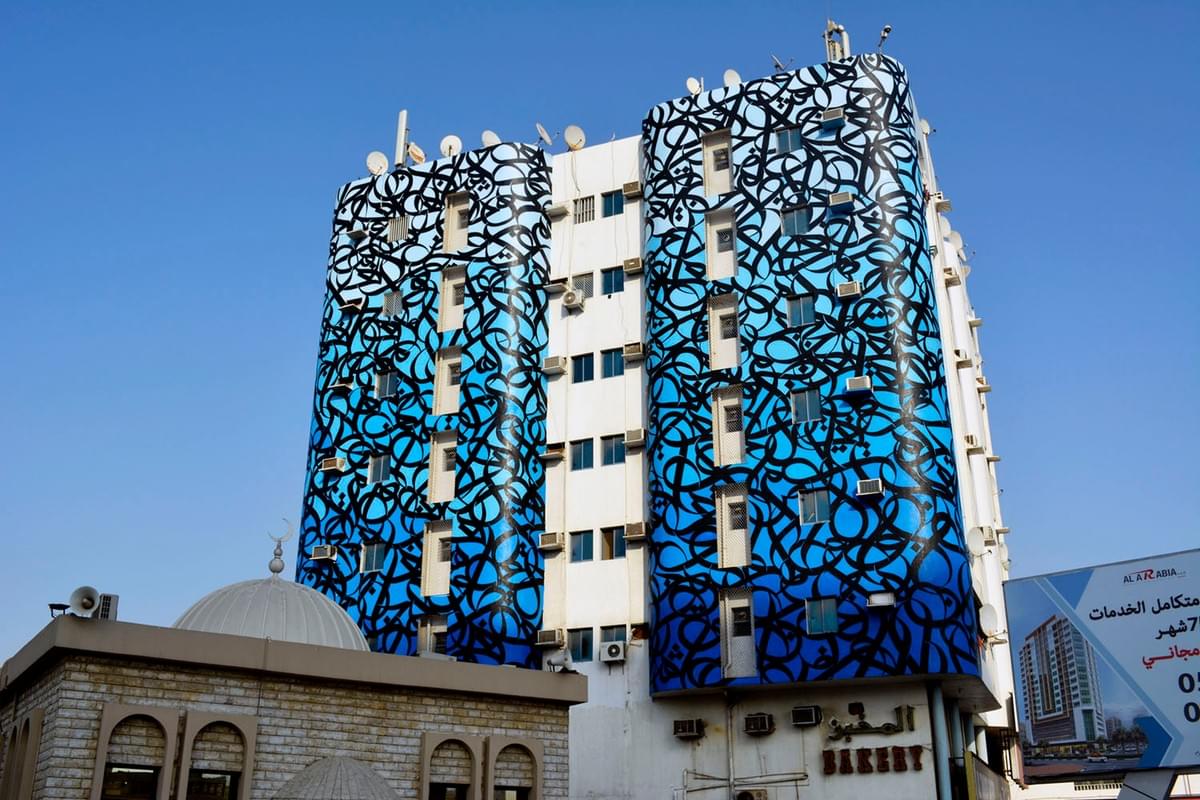
The project was conceived in 2017 under patronage of Sheikh Rashid bin Humaid Al Nuaimi and senior officials in Ajman’s municipality, who saw public murals as a way to beautify the city, reflect its heritage, and develop its identity as a cultural destination. It is part of broader efforts (such as Ajman Pulse) to advance sustainable urban development, improve quality of life, and integrate art and culture into the public realm.
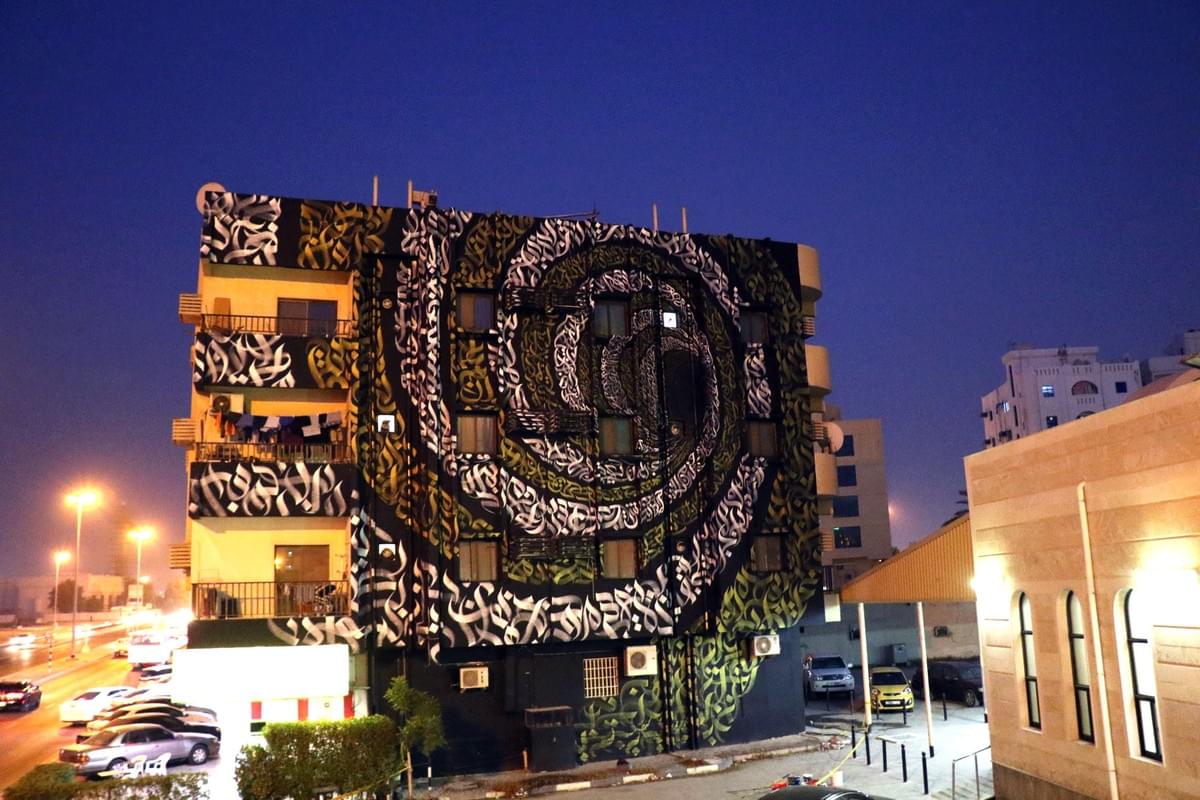
The first edition of the Ajman Murals Project brought together international and local artists, each contributing works that vary in style, from flowing calligraphy to bold 3D typography, illustrative portraits, and striking graphic design. Among the highlights:
The celebrated French-Tunisian artist El Seed created one of the centrepieces, an Arabic calligraphy mural based on a quote from Sheikh Zayed bin Sultan Al Nahyan, located at the junction of Badr Street and Al Ittihad Street in Ajman’s Al Bustan neighbourhood.
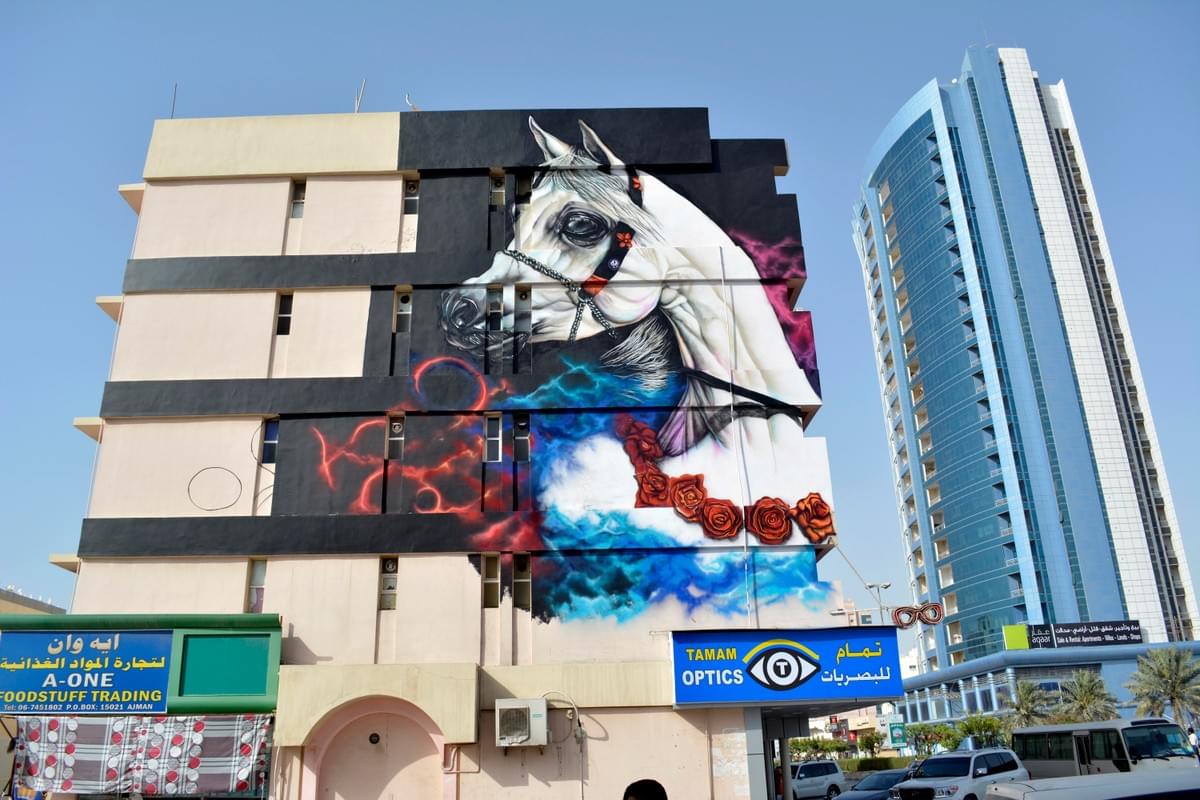
Ajman-based artist NA7T whose mural composed using calligraphic forms, gold and white on a dark background, delivers both visual impact and cultural resonance.
Shuck-2 France ceated a large typographic 3D piece spelling “Ajman” with signature graffiti elements. This work also holds the distinction of being among the largest 3D murals in the UAE.
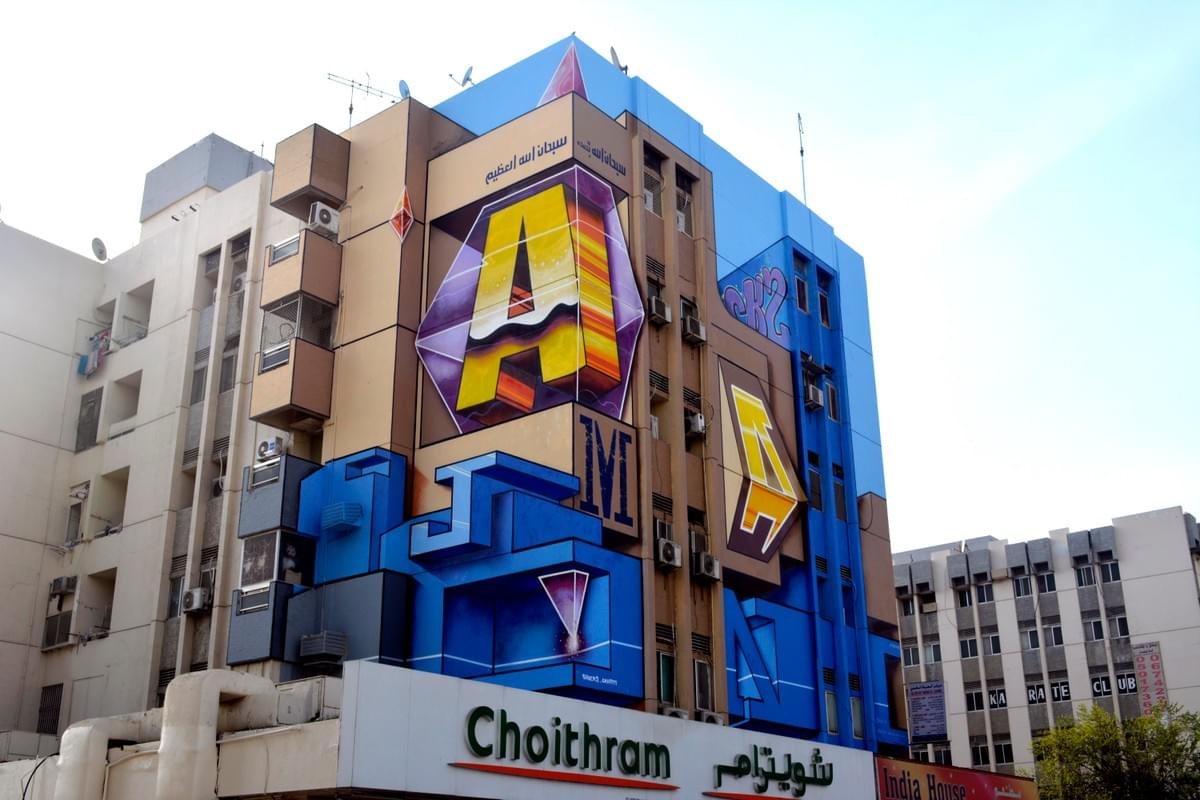
Local or regionally based artists Fatma Al Ali and Ramy El Zaghawy, whose illustrative pieces engage with local subjects, drawing on tradition, identity, and imagery emblematic of local cultural heritage. These murals were placed at prominent junctions and public walls around Ajman’s downtown and Al Nakheel / Al Bustan areas.
Themes, Impact and Significance
The works often reference history, both Emirati heritage and broader environmental themes. For example, the eL Seed mural quotes Sheikh Zayed’s speech on conserving land and sea, leaving for future generations what we inherit. Many murals are designed not just to beautify, but to build civic pride. The project includes work by artists who amplify local stories or universal values (conservation, legacy, community) in ways that both residents and visitors can engage with.
Ajman Murals marks a turning point in how the built environment is used, not only as infrastructure or functional architecture, but as opportunity for aesthetic expression, cultural storytelling, and public dialogue. Walls that were once blank now contribute to the identity of neighbourhoods.
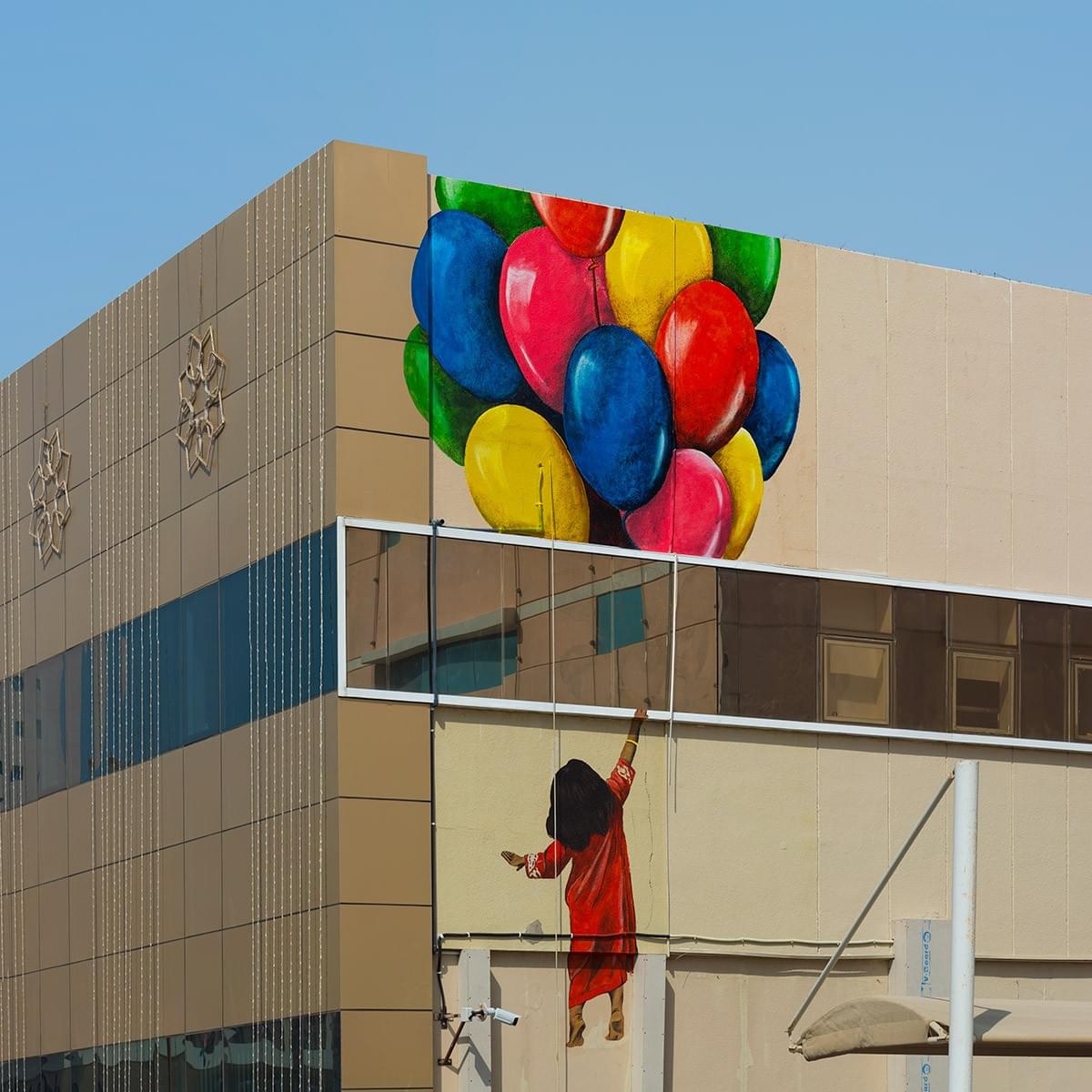
Challenges & What’s Next
While much of the project has been met with enthusiasm, public murals in urban environments often face challenges like maintenance, weathering, changes in the built environment, and ensuring longevity. Also, integrating such public art meaningfully requires sustained support, both institutional and social. Looking ahead, given Ajman’s plans under Ajman 2030 to expand green spaces, public amenities, and cultural infrastructure, public art like the Murals Project is likely to play an increasing role in shaping perception, tourism, and community life.
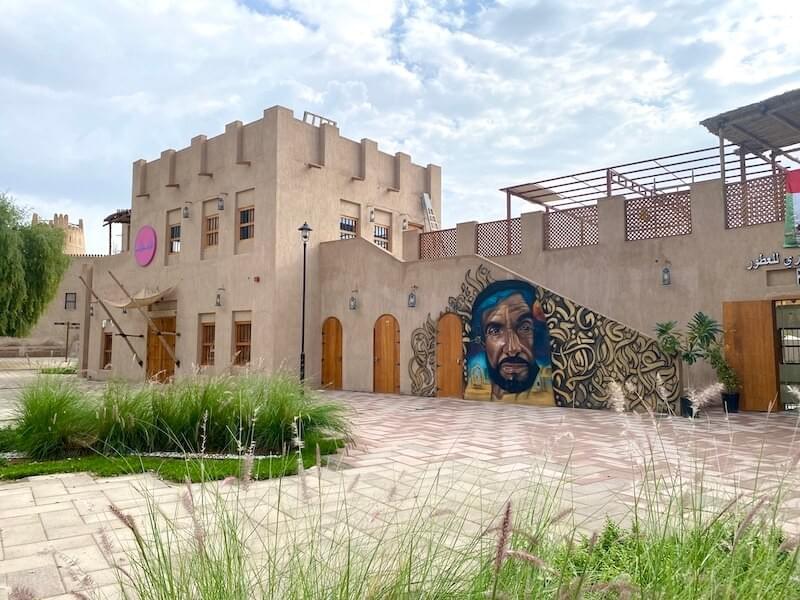
The Ajman Murals Project is more than just decoration. It is an assertion: that every emirate, not just the well-known art hubs, can host ambitious public art;
- that art in the public realm can bridge tradition (calligraphy, cultural motifs) with contemporary visual languages (graffiti, 3D forms)
- that local and global artists collaborating can amplify both messages and visibility
- For residents, these murals become part of daily life: backgrounds for selfies, routes to work, landmarks. For visitors, they offer a glimpse of the cultural life and values of Ajman beyond the usual tourist map.
